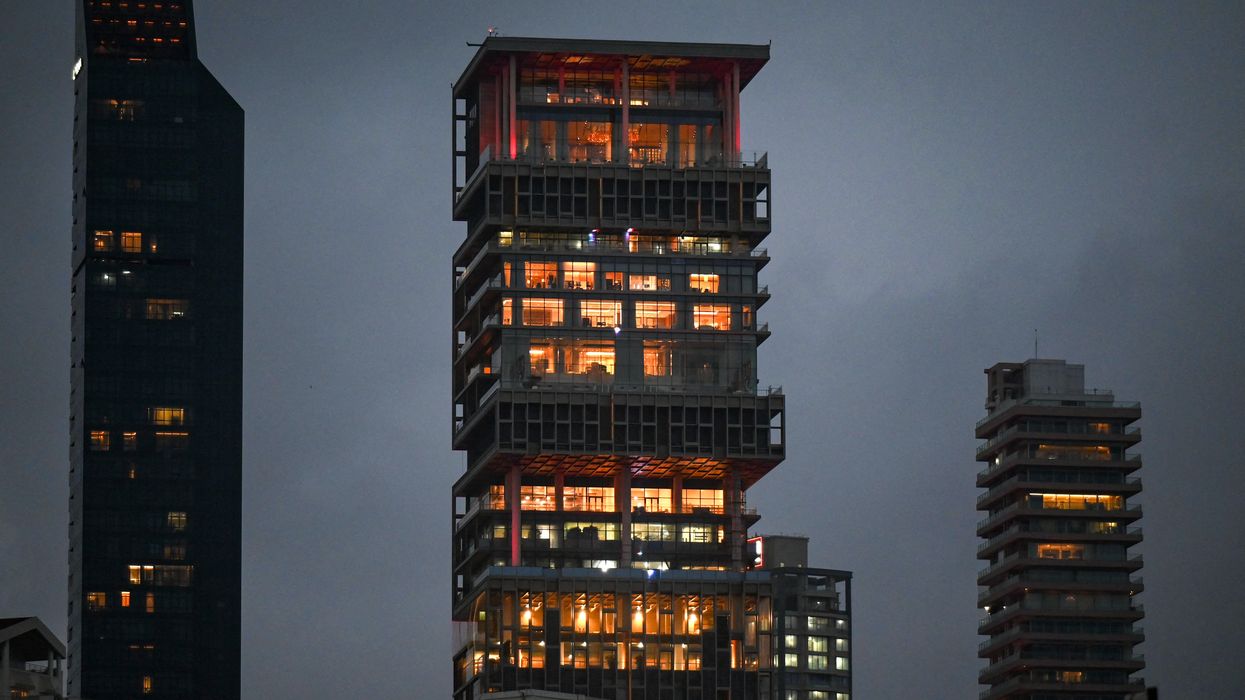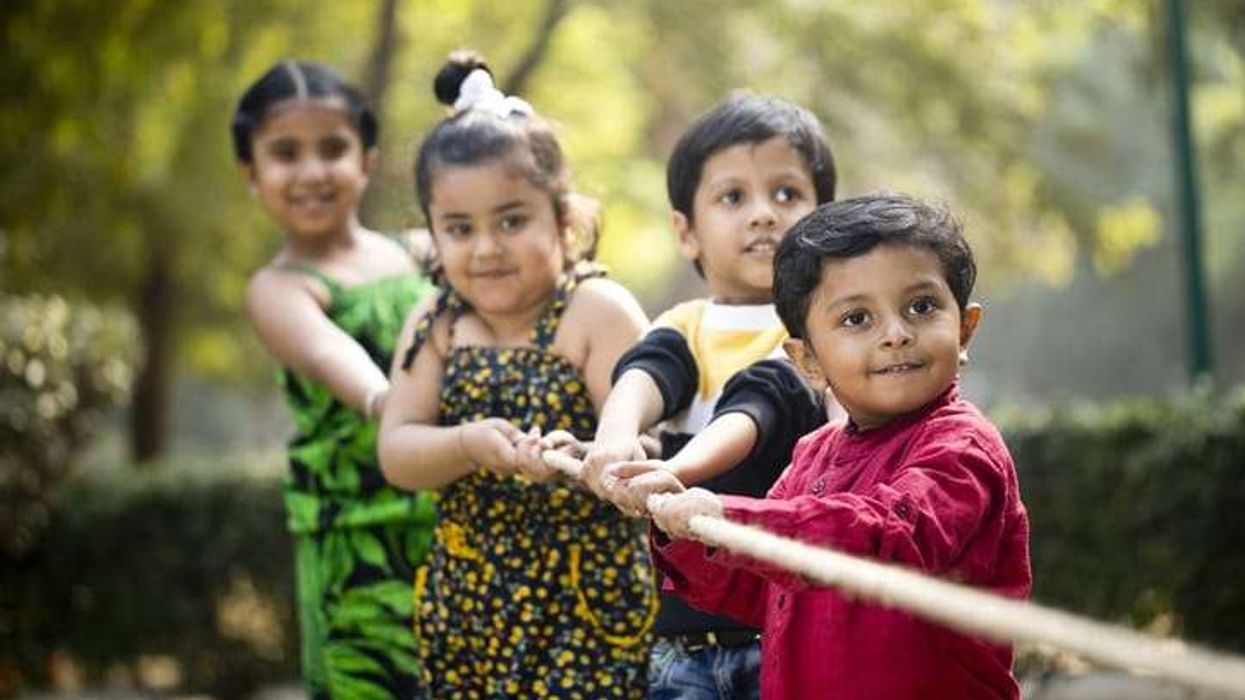Mukesh Ambani, Asia’s richest man, and his wife Nita Ambani reside in one of the world’s most luxurious private homes – Antilia, a 27-storey personal skyscraper located on Altamount Road in Mumbai’s exclusive Cumbala Hill. Estimated to be worth approximately £1.4 billion (Rs 15,000 crore), Antilia is a towering symbol of opulence and modern design, setting global benchmarks for private residences.
One surprising aspect of this sprawling mansion is the unique air-conditioning system. Unlike conventional homes, Antilia does not have traditional AC units with outdoor condensers. Instead, the Ambanis have opted for a sophisticated, centralised cooling system designed to preserve the mansion’s aesthetics and interior elements. The temperature across Antilia is automatically regulated based on factors such as the materials used inside the home, including marble and floral installations, rather than being manually controlled room by room.
This unusual cooling arrangement came to light when actress Shreya Dhanwanthary, recounting her experience of a photoshoot at Antilia for designers Abu Jani and Sandeep Khosla, mentioned feeling cold and asking if the temperature could be adjusted. The mansion’s management informed her that manual adjustments were not possible as the system is programmed to maintain conditions ideal for the building’s materials and interiors.
The Ambanis’ residence is not just notable for its unique climate control system. Spanning an estimated 400,000 square feet, Antilia is built to withstand earthquakes of up to 8 on the Richter scale and boasts a range of features rarely found even in the world’s most luxurious hotels.
The mansion includes multiple floors dedicated entirely to car parking – accommodating over 160 vehicles – and even houses a private vehicle service station. There are three helipads on the roof, allowing the Ambani family to commute with ease in Mumbai’s heavy traffic conditions.
Inside, the mansion offers amenities that rival the world’s finest resorts. These include an expansive fitness centre complete with a gym and yoga studio, a private spa, an indoor swimming pool, and a ballroom adorned with chandeliers made from rare crystals. There is also a private 50-seat theatre, numerous lounges and living areas, a snow room that produces artificial snow, and a large temple where the family conducts regular religious ceremonies.
Terrace gardens are spread across multiple levels, adding greenery and helping to maintain a comfortable temperature within the building. The careful integration of natural elements throughout Antilia is an aesthetic choice and a key part of the building’s climate management system.
Energy usage at Antilia is understandably high. Each room reportedly consumes an average of 300 units of electricity per month. In comparison, the total monthly electricity bill for the mansion is estimated to be around 6,37,240 units – comparable to the consumption of approximately 7,000 middle-class households in Mumbai.
Built by the architectural firm Perkins and Will, with design influences drawn from the lotus and the sun, Antilia is also a testament to traditional Indian values blended with contemporary engineering. Every detail – from the materials sourced globally to the intricate design themes – reflects a fusion of luxury, technology and tradition.
While much about Antilia remains closely guarded, what is clear is that it represents more than just a home. It stands as a symbol of wealth, ambition and vision – a residence that continues to capture the imagination of people around the world.













